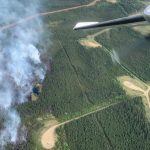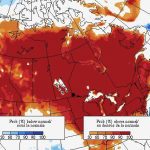MarketsFarm — Warm and dry conditions across much of the Prairies in May caused drought conditions to worsen, especially in Alberta, according to the latest Drought Monitor report from Agriculture and Agri-Food Canada. As of May 31, an estimated 79 per cent of the Prairie region was classified as abnormally dry (D0) or in moderate













